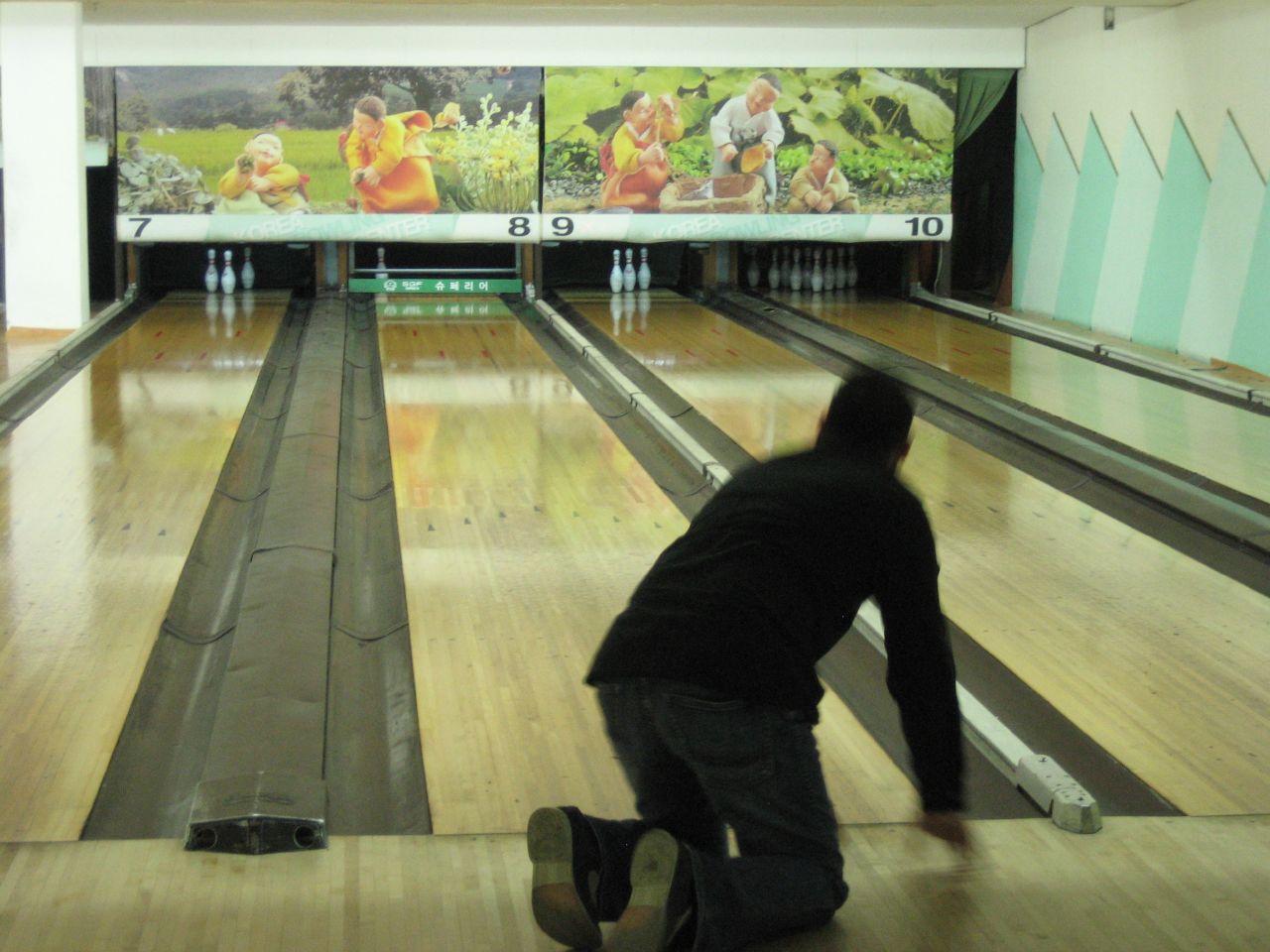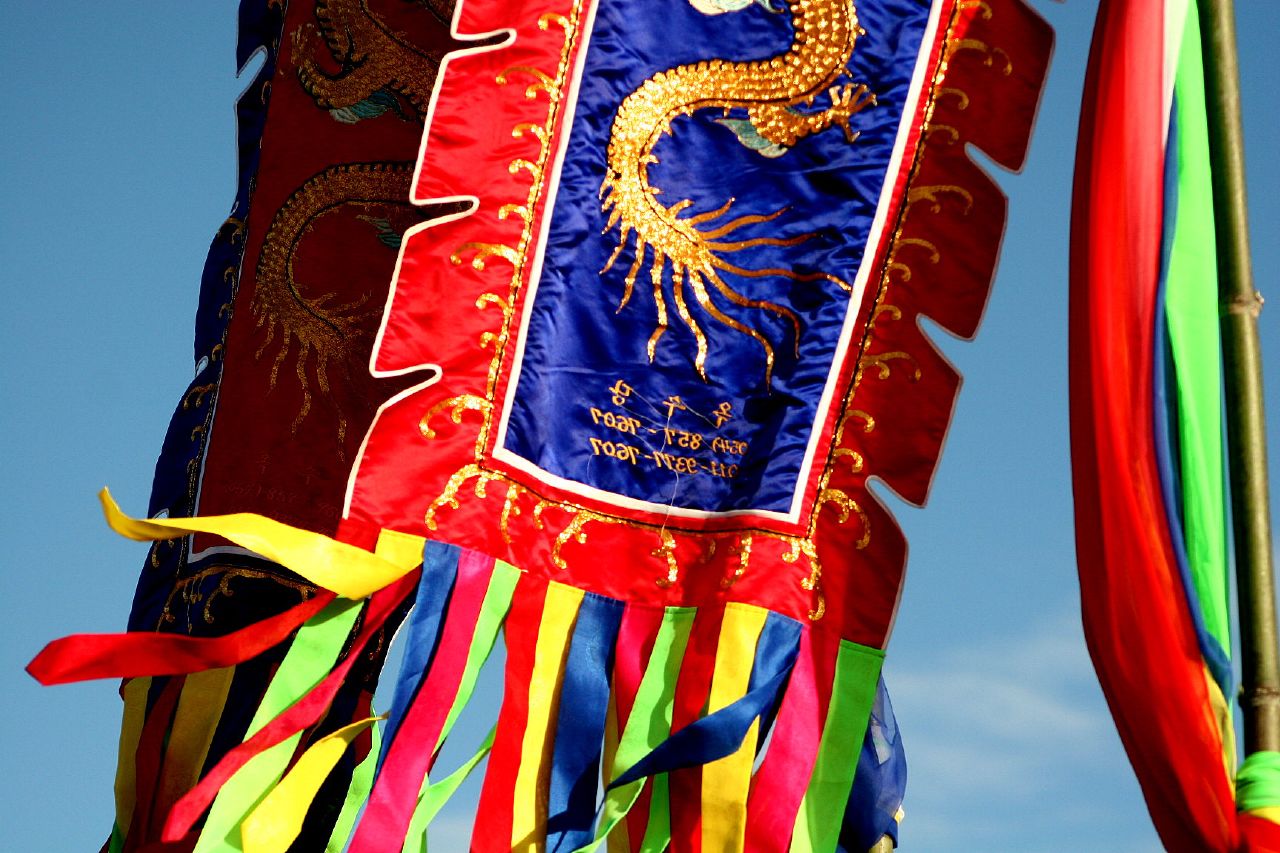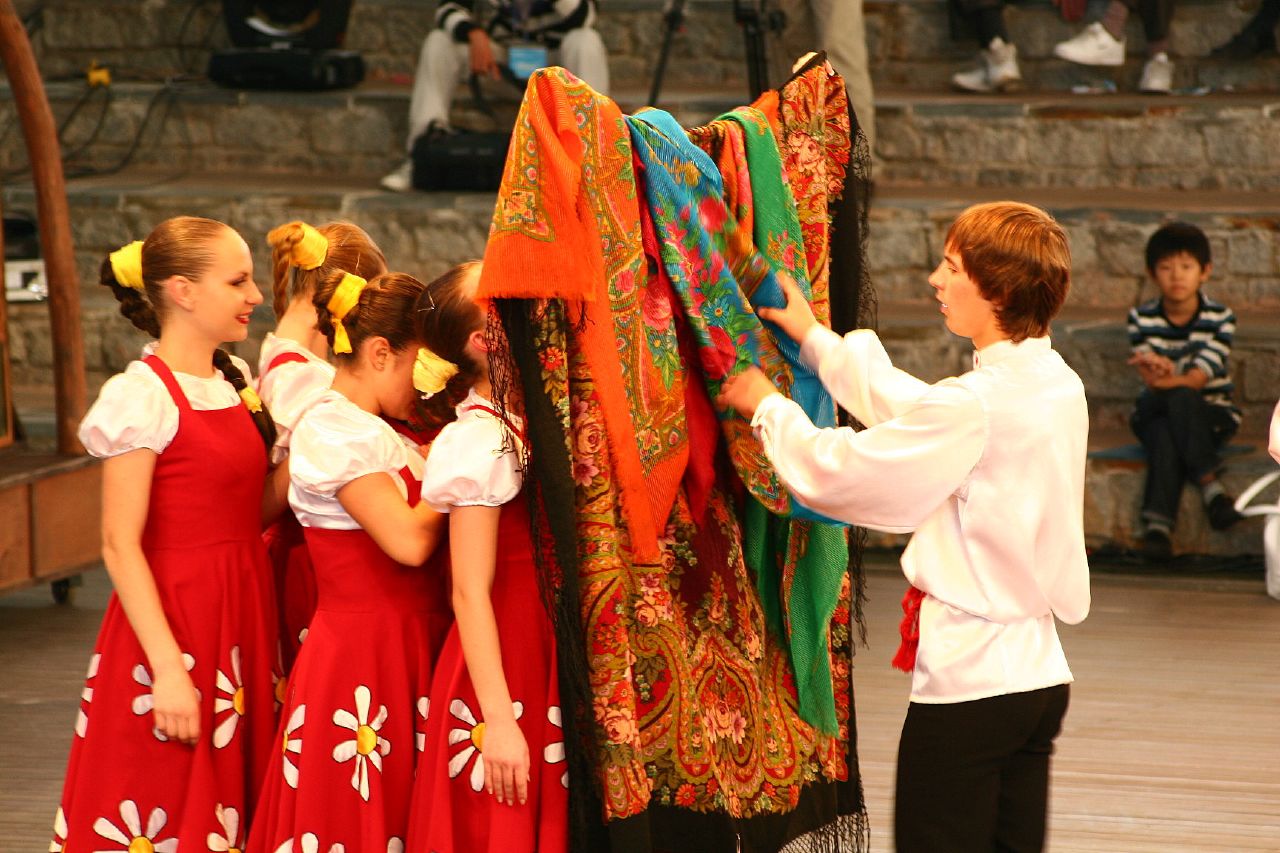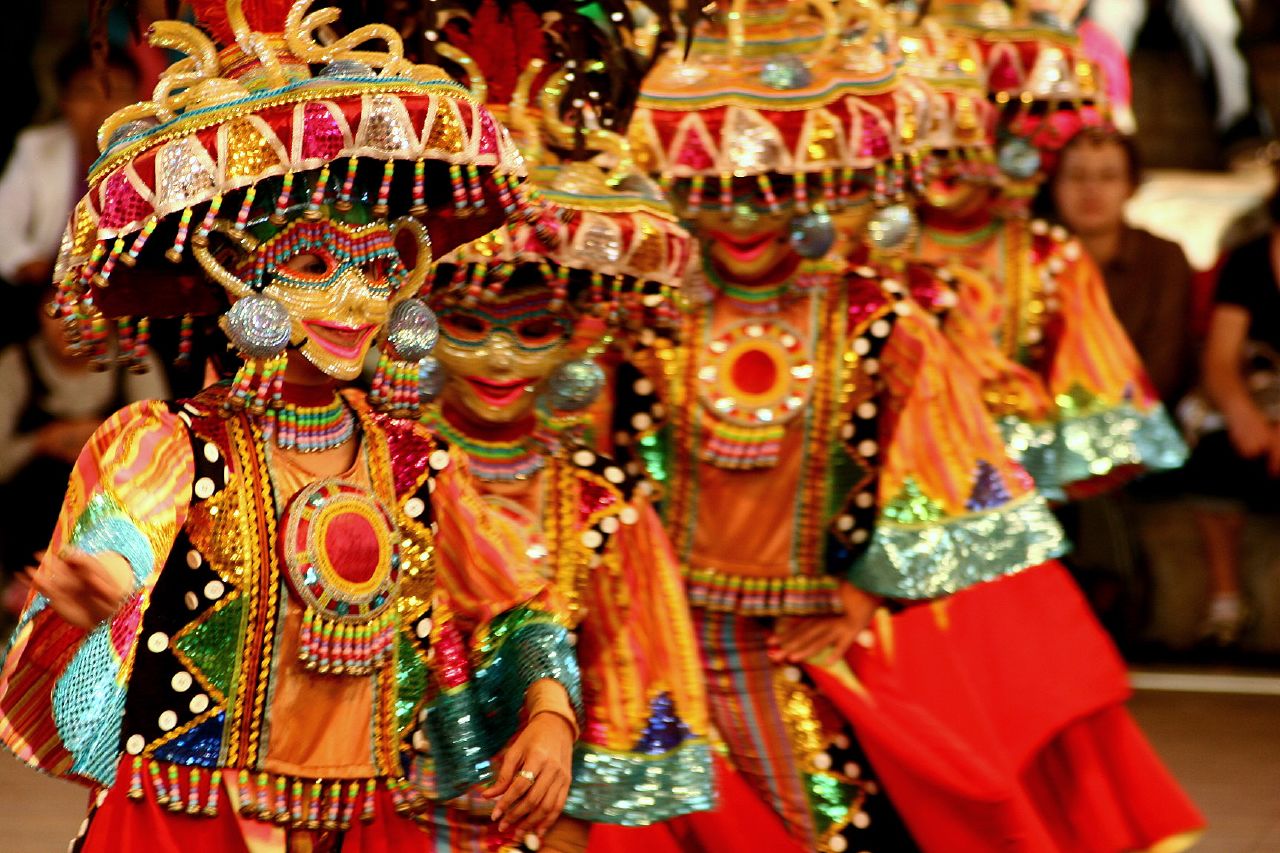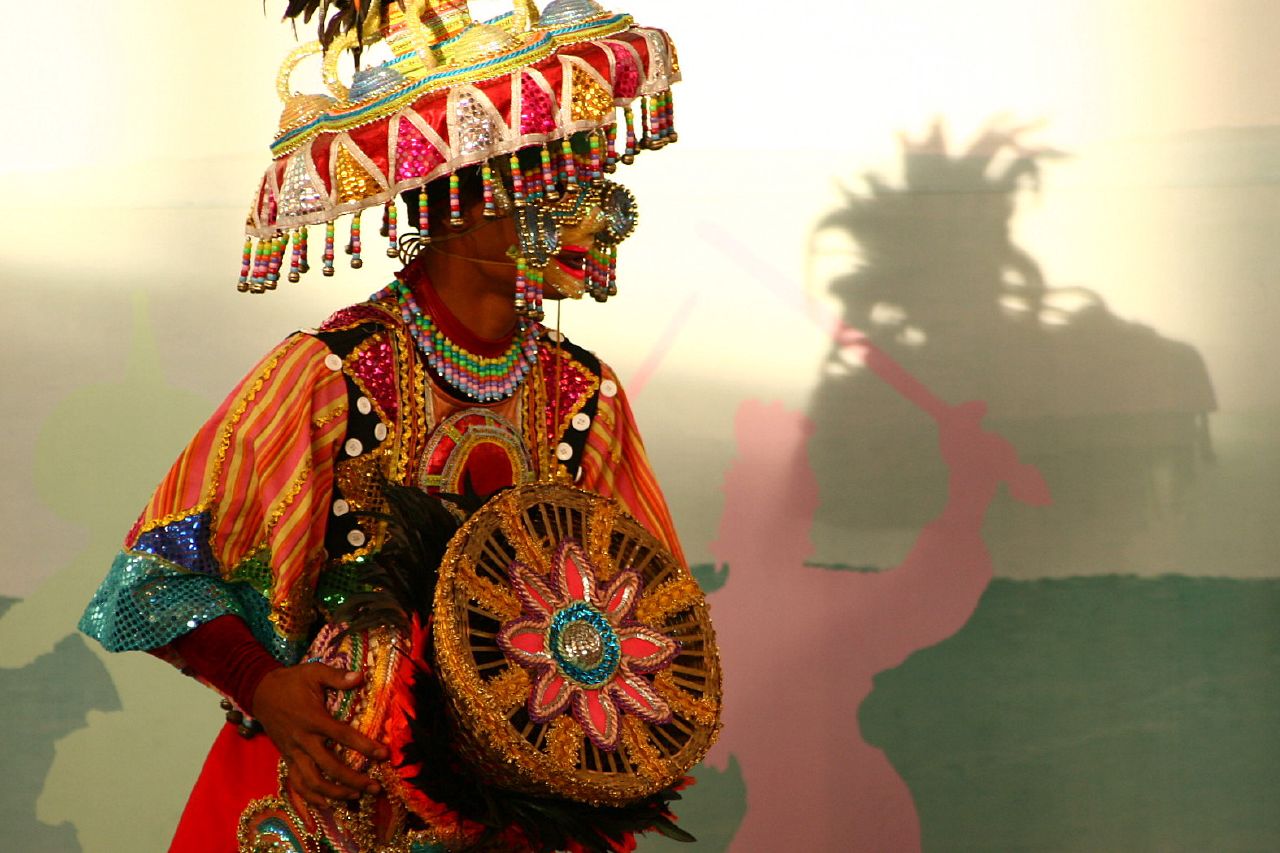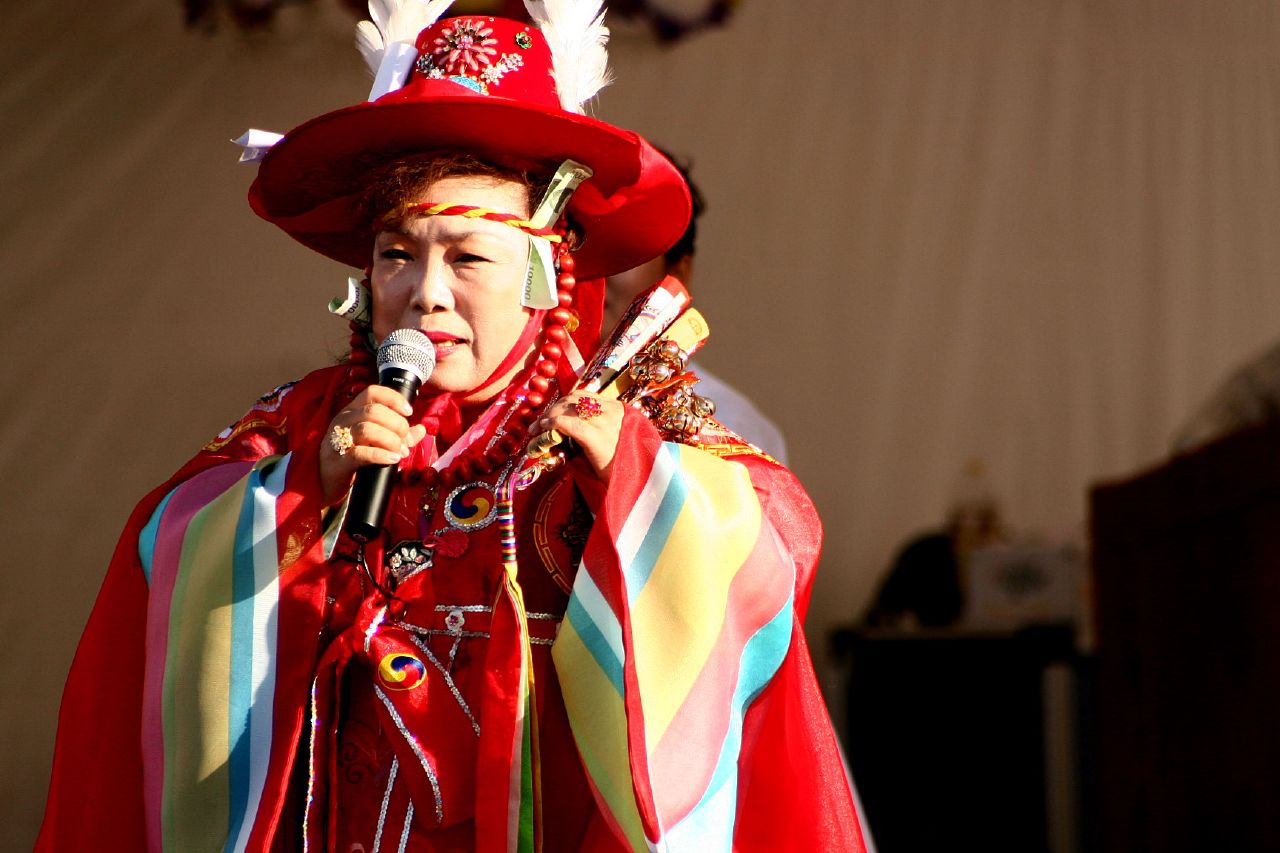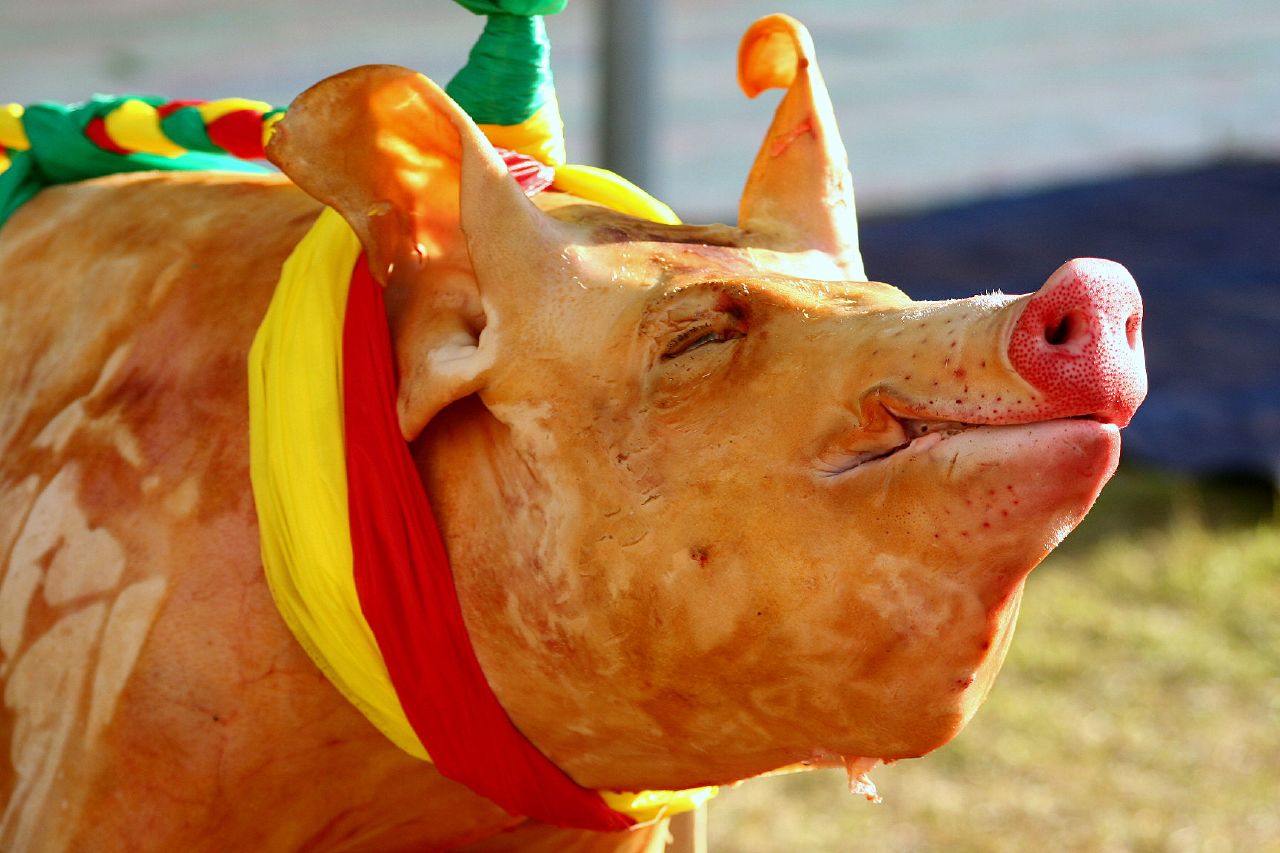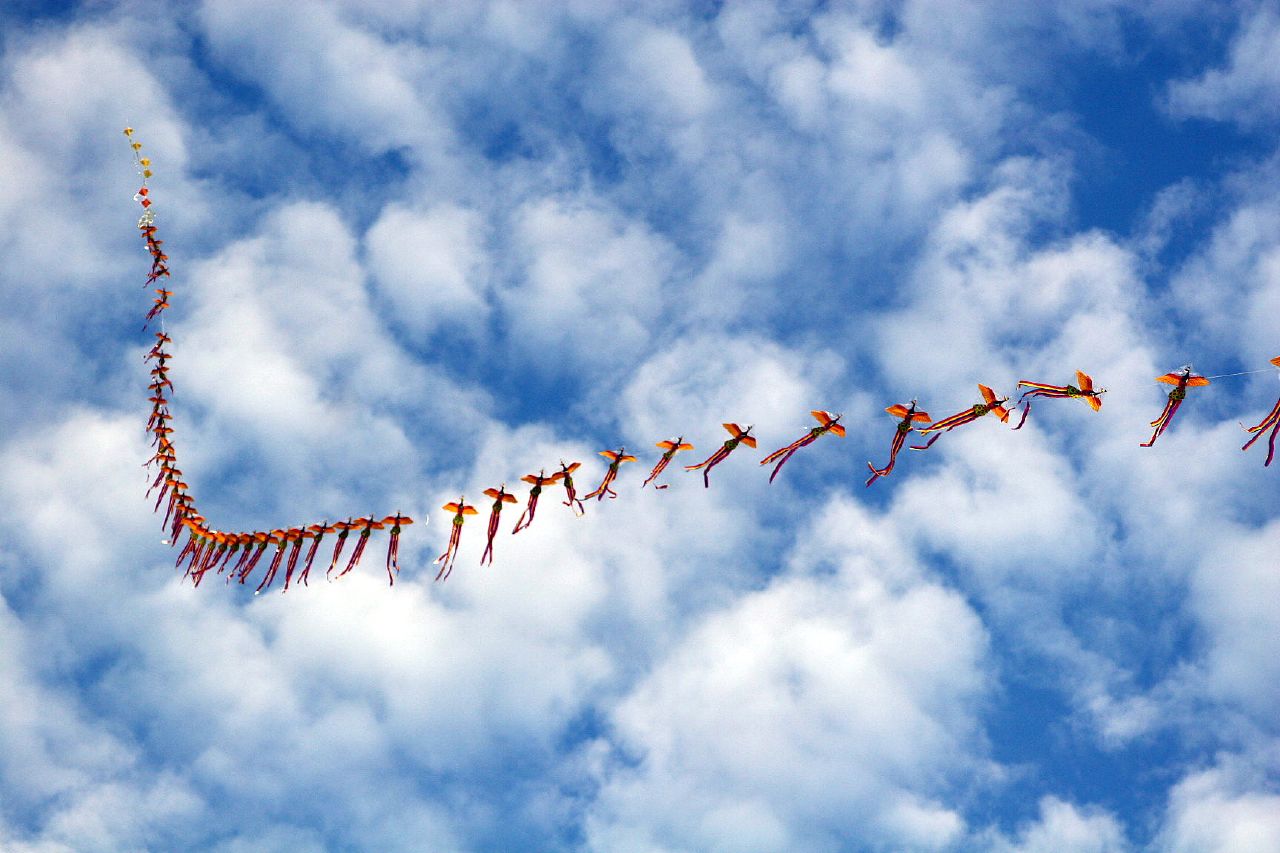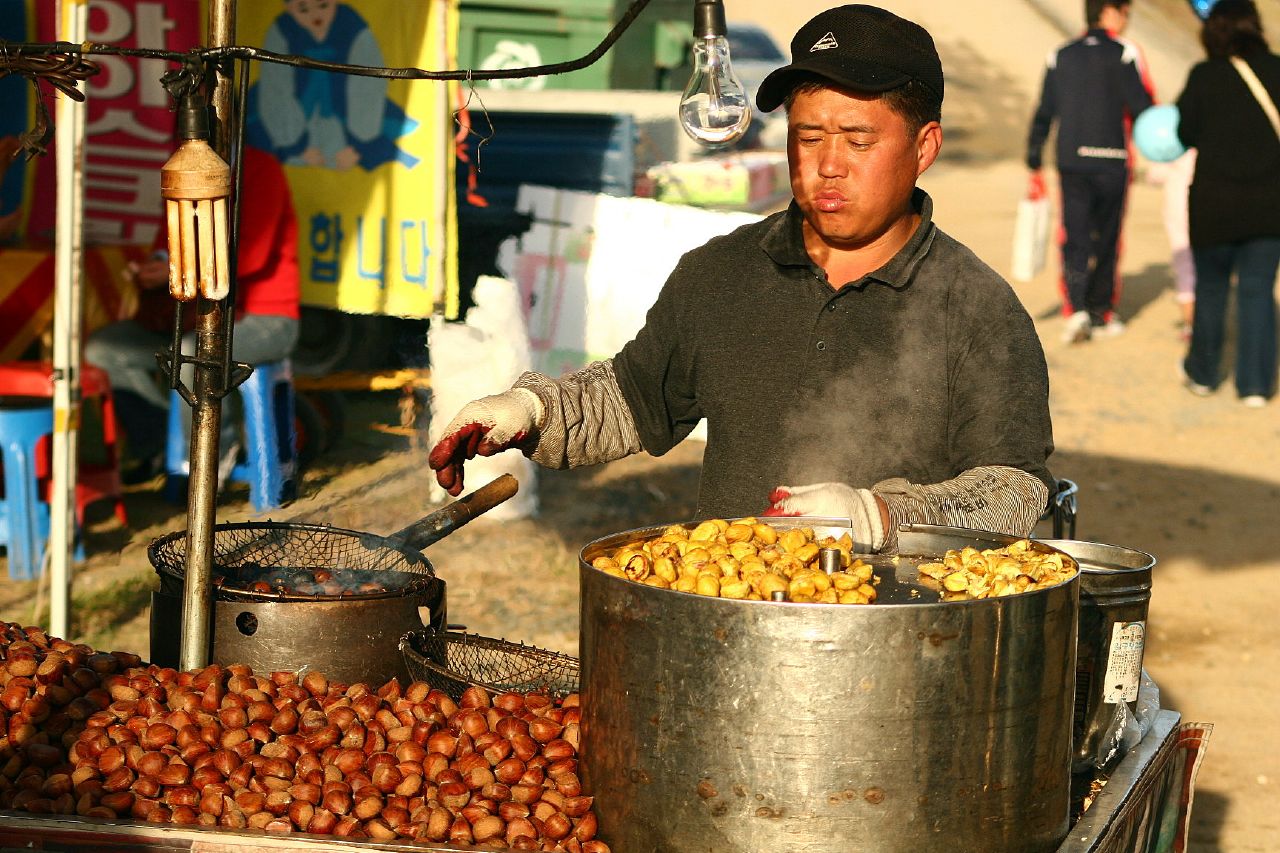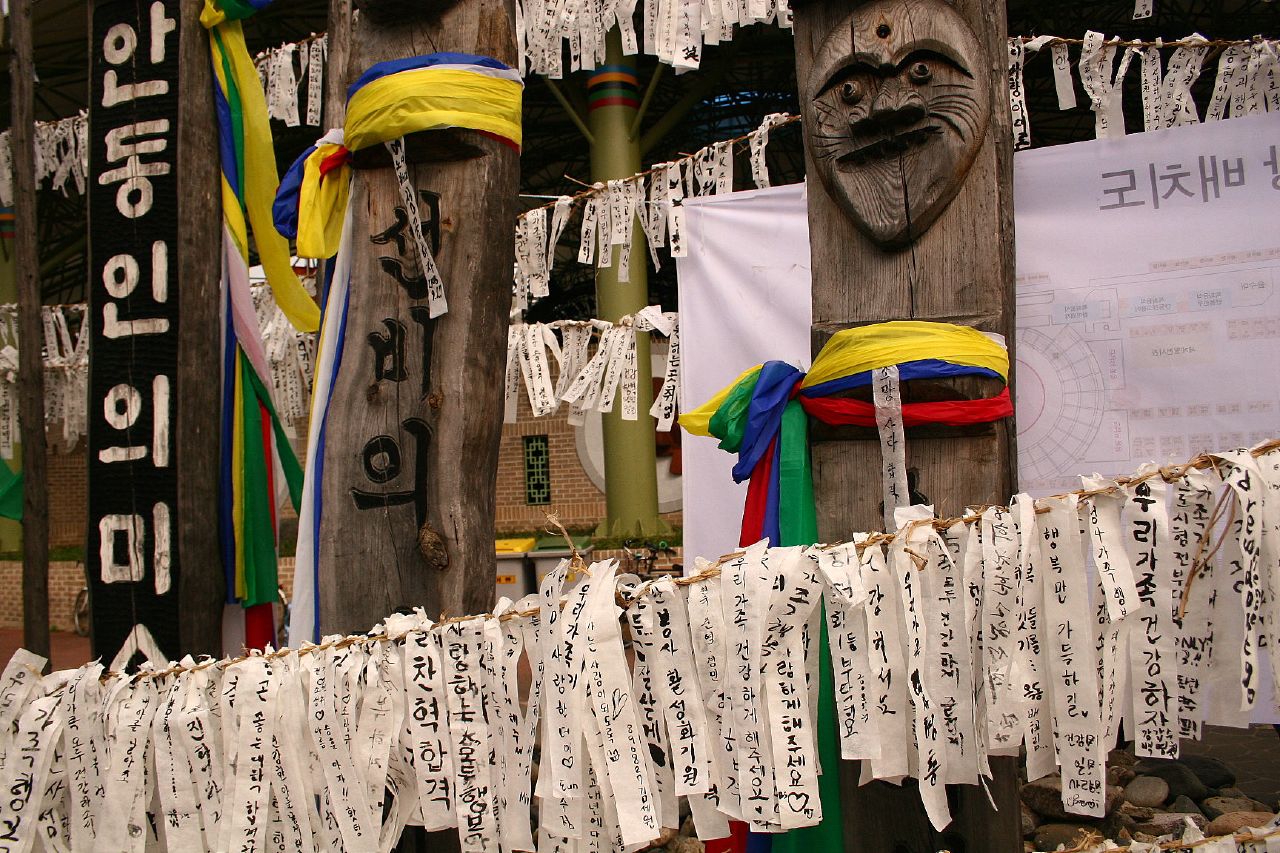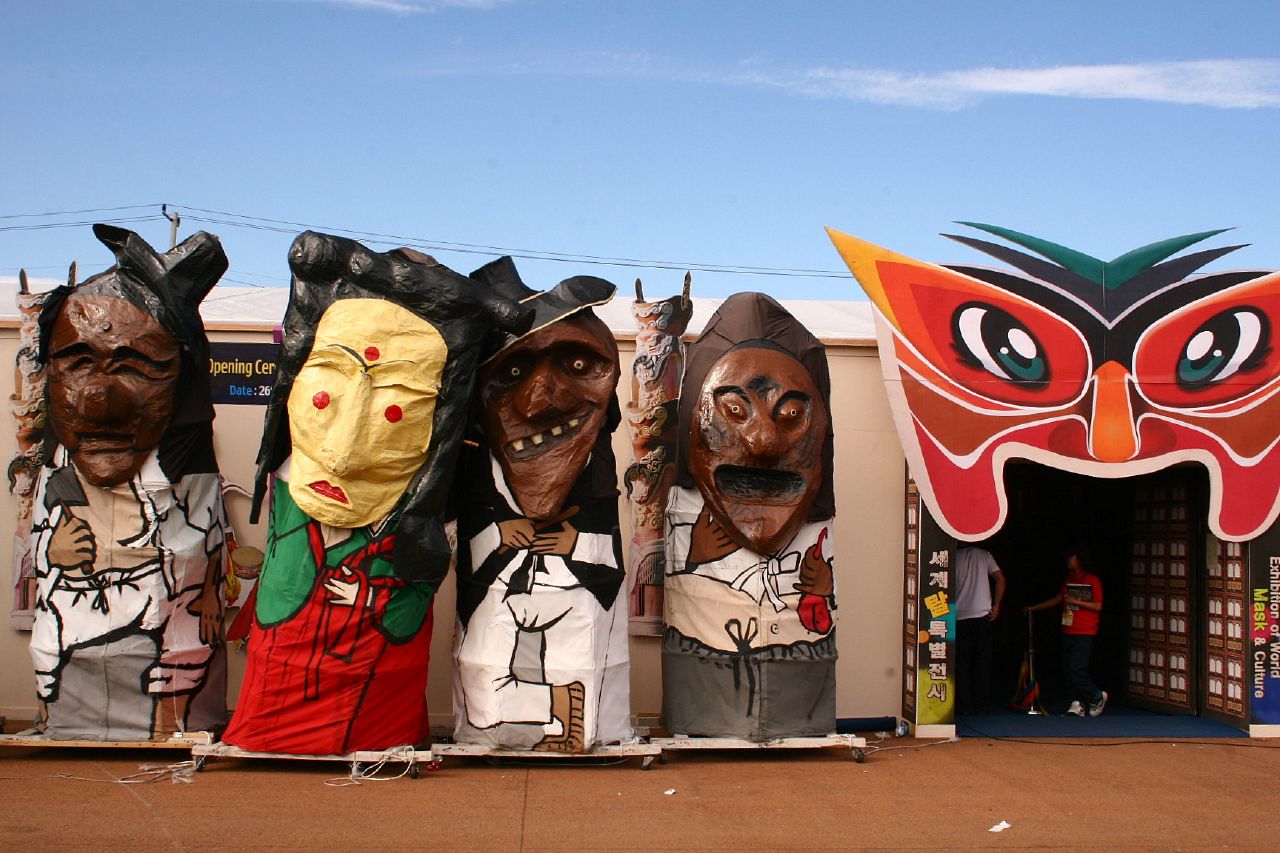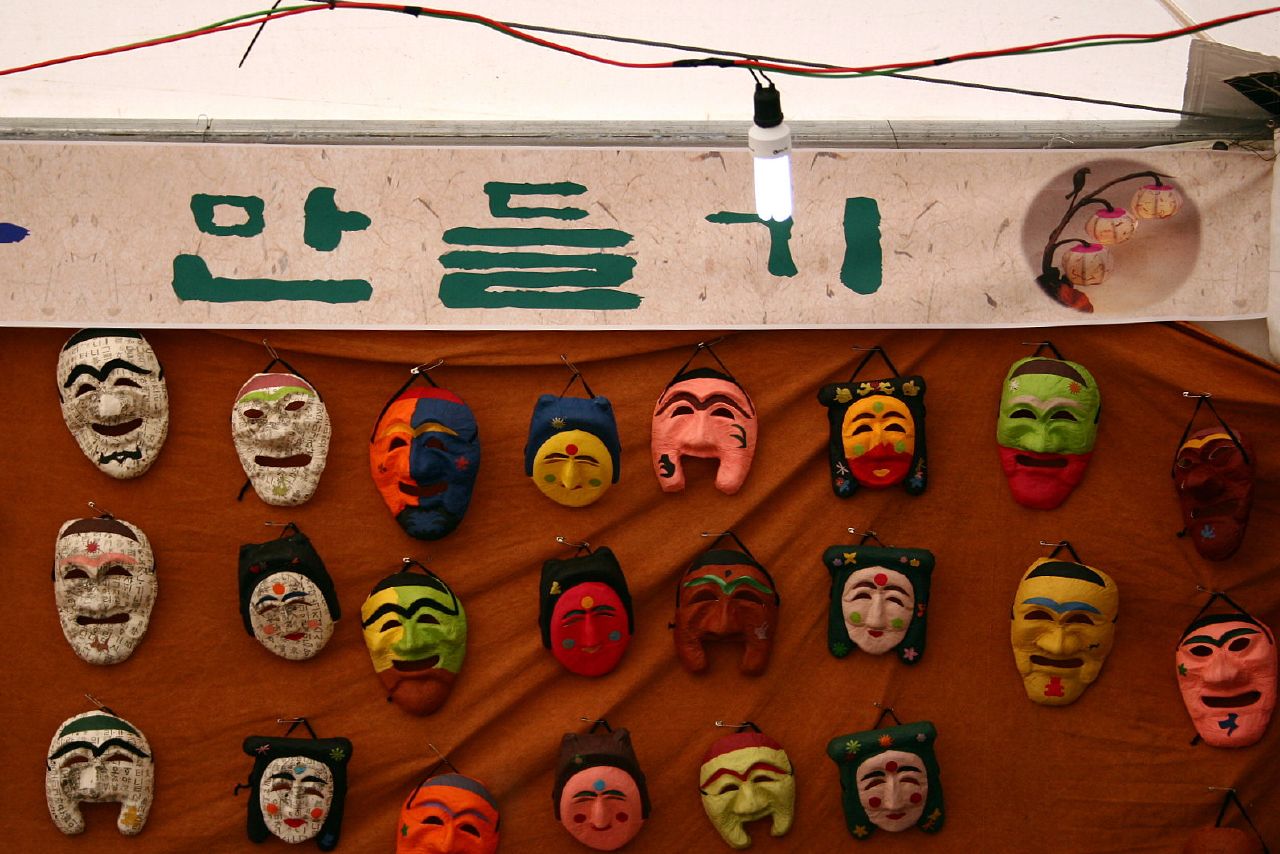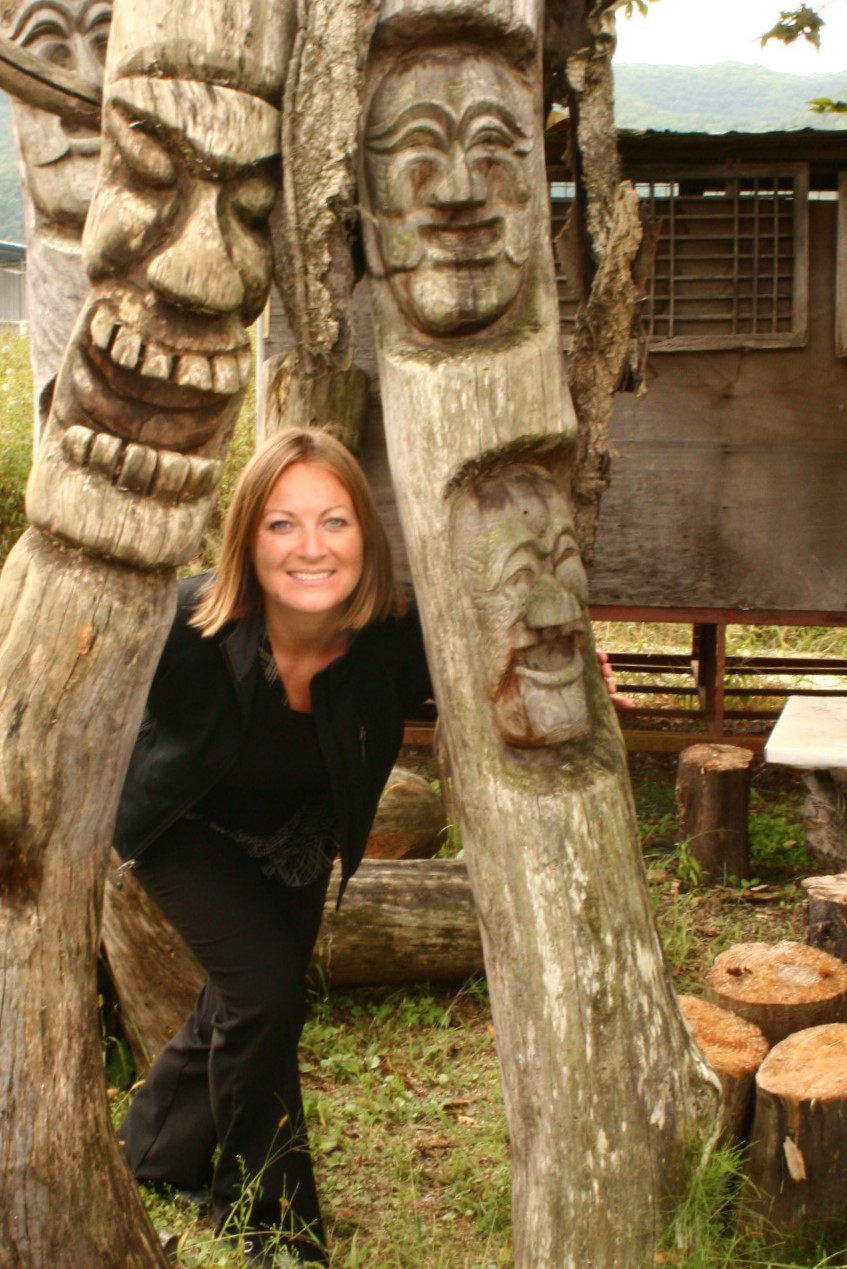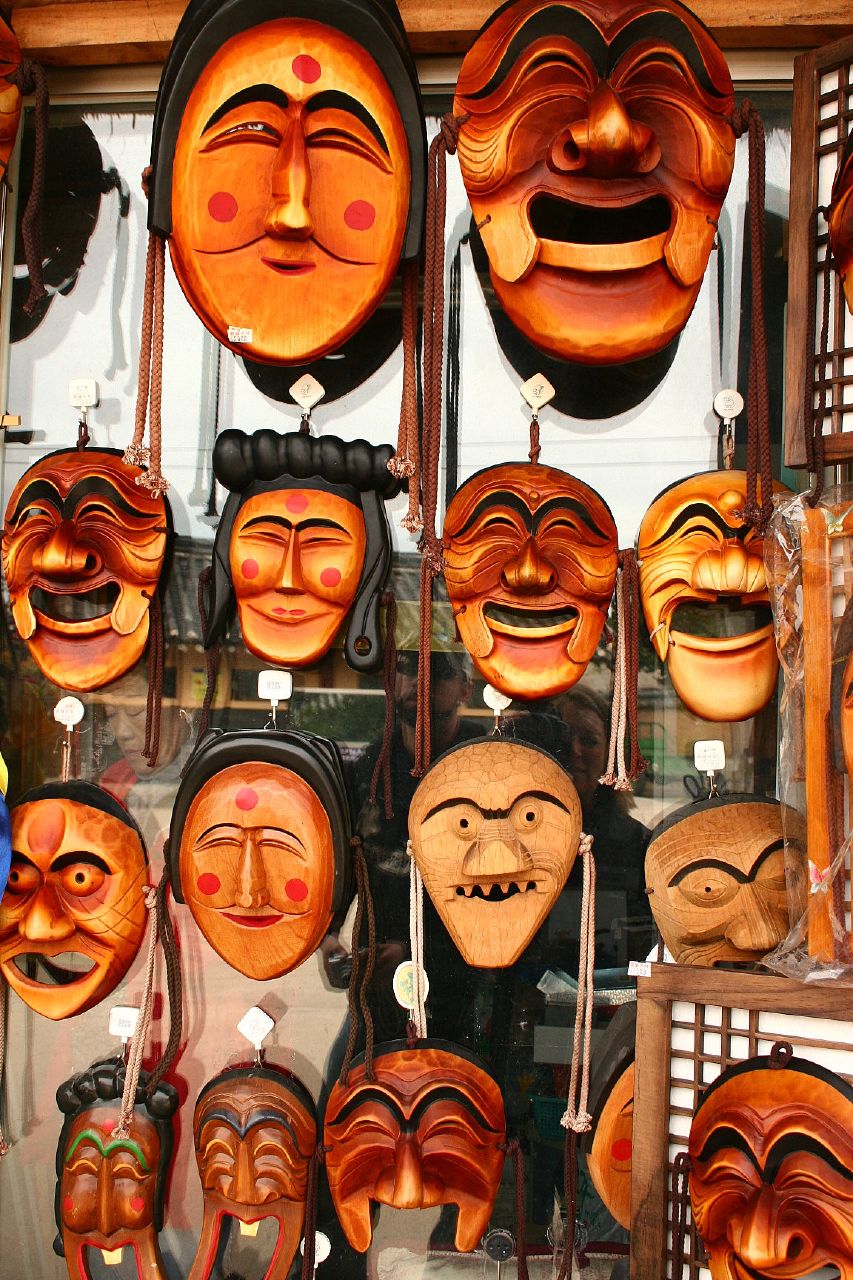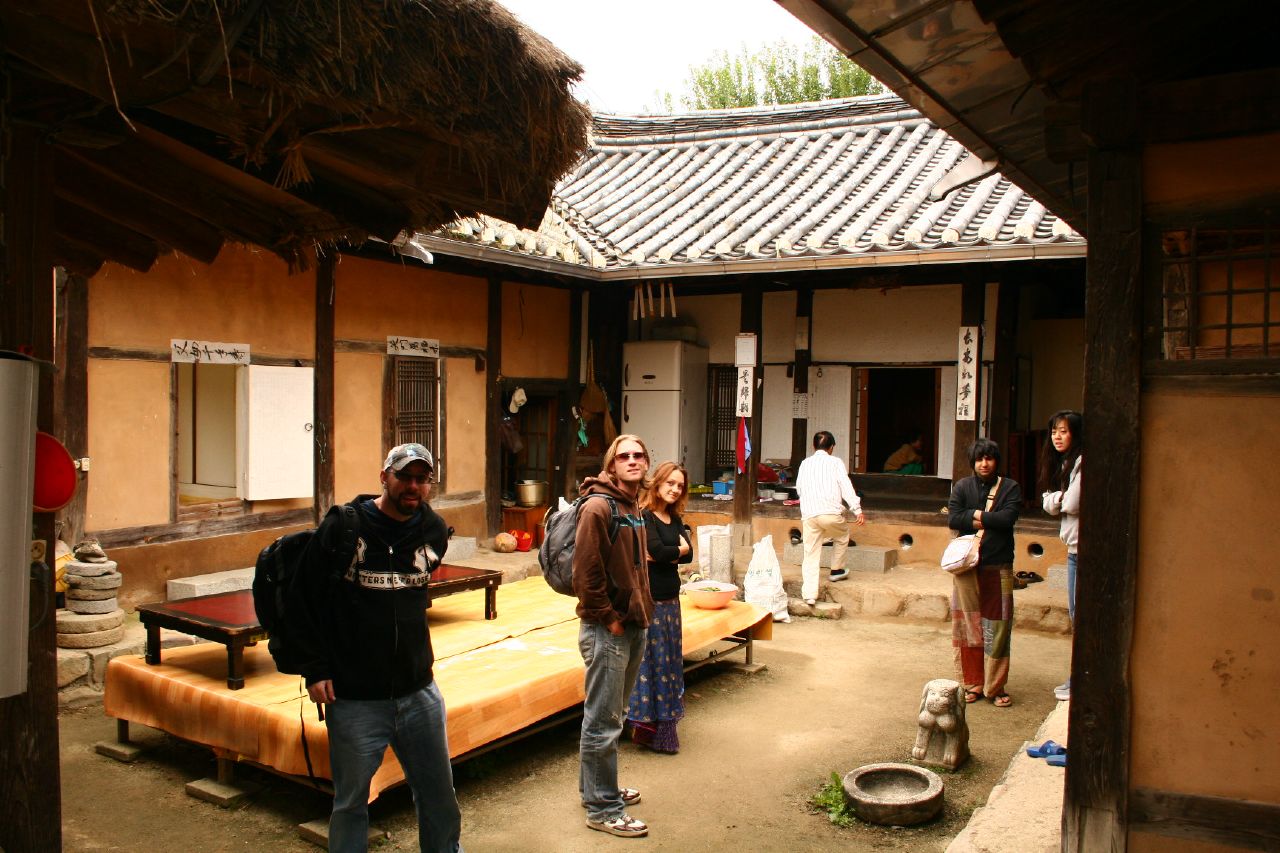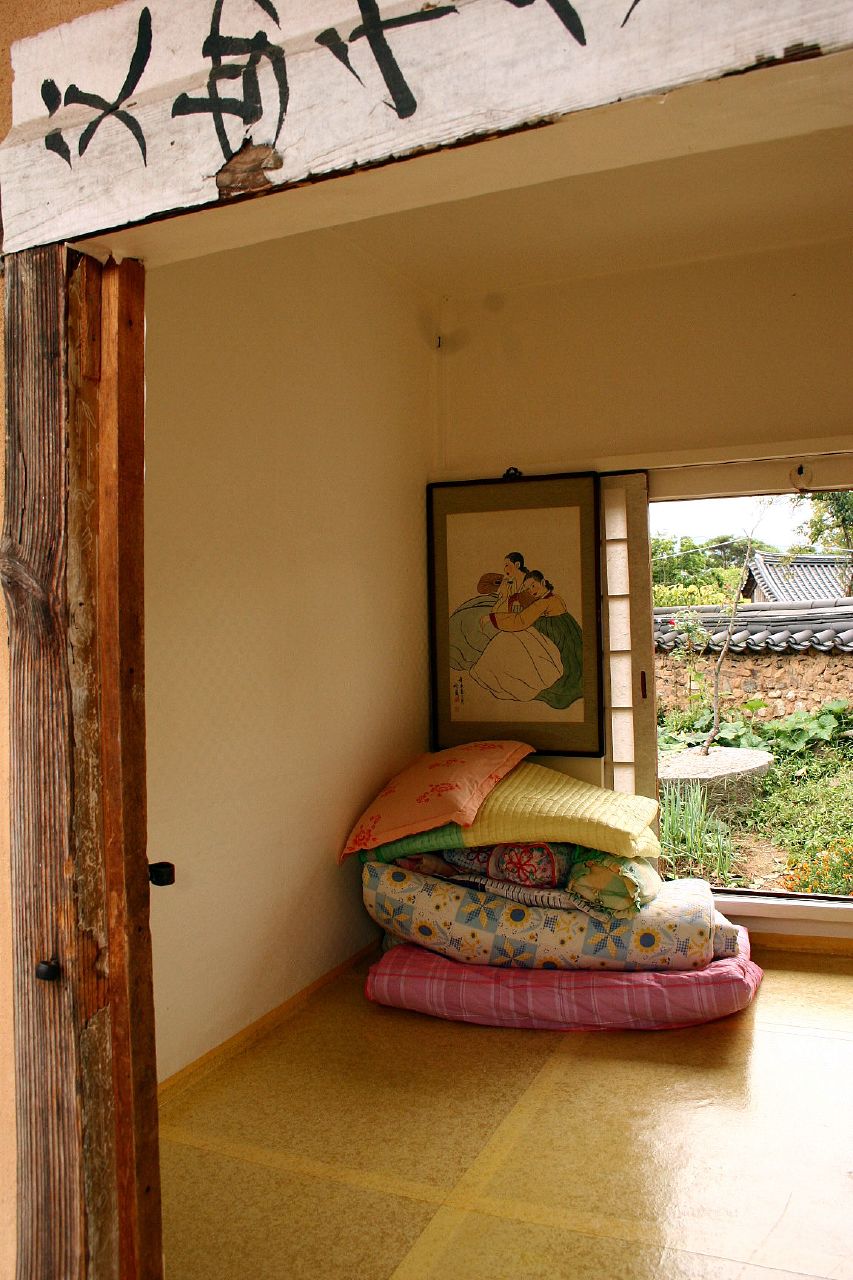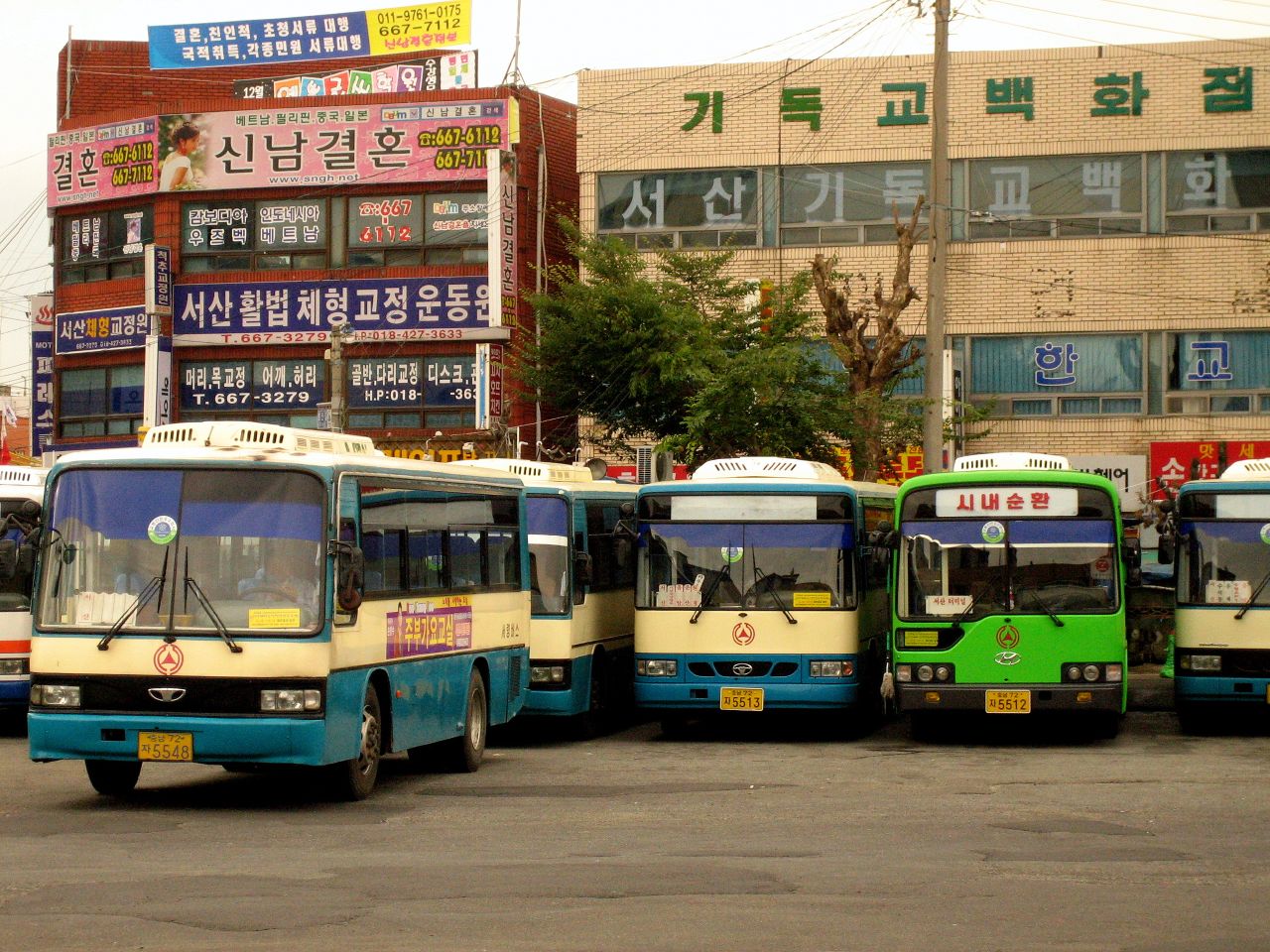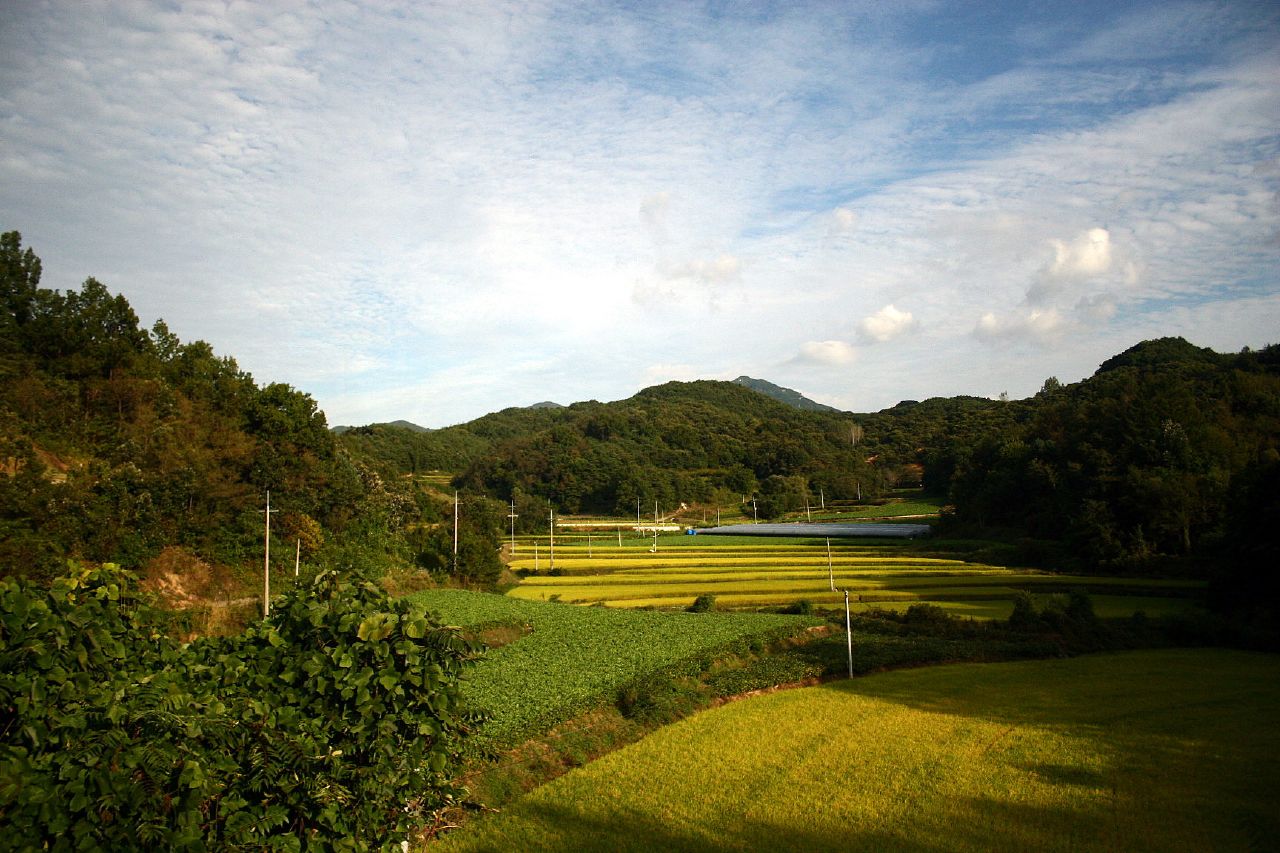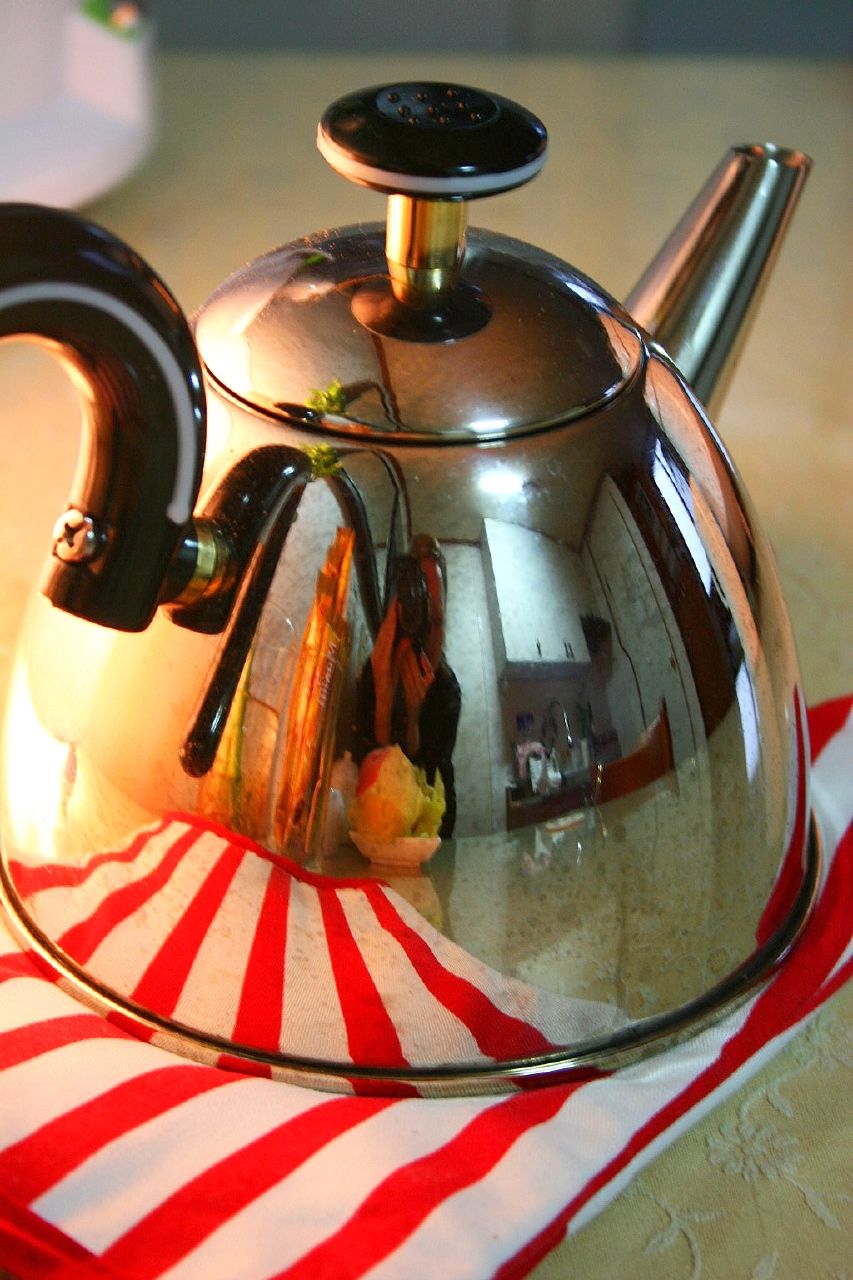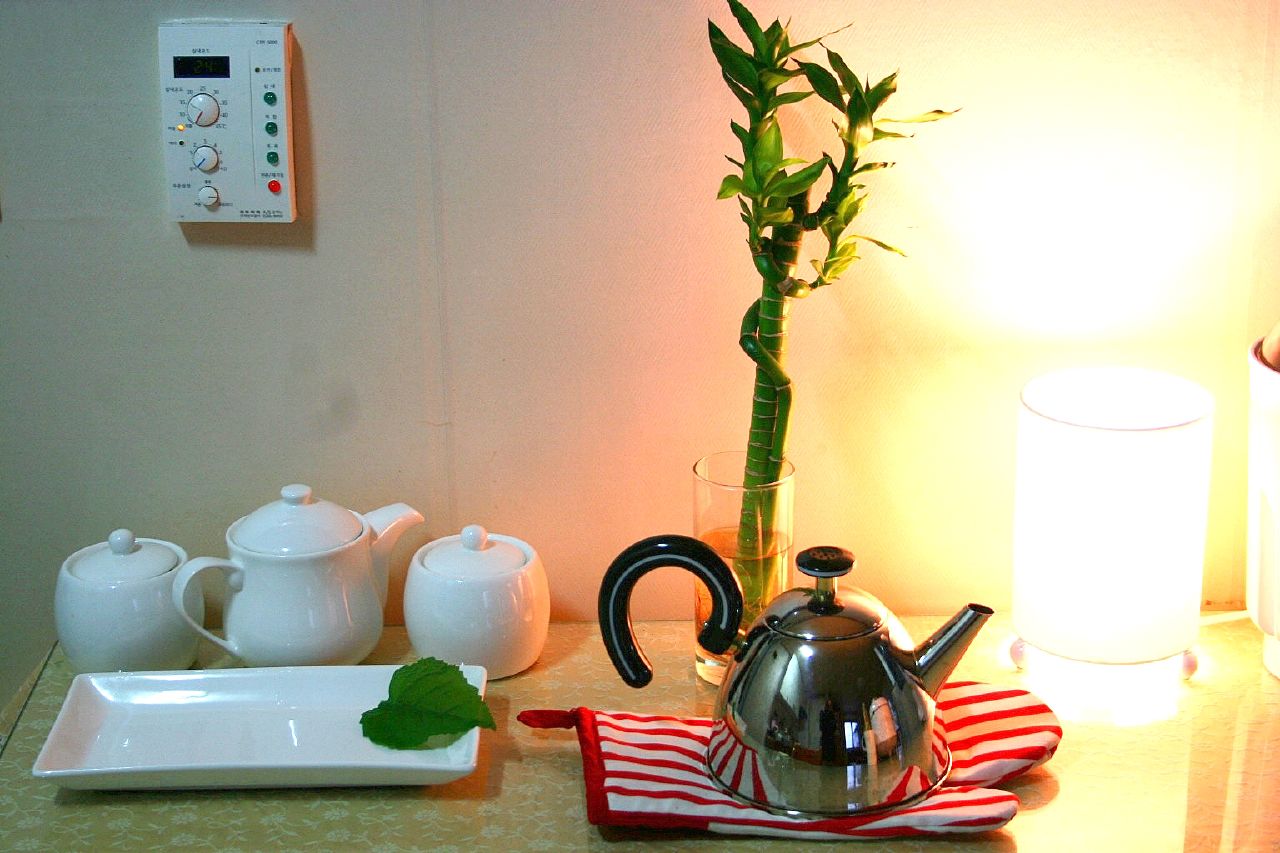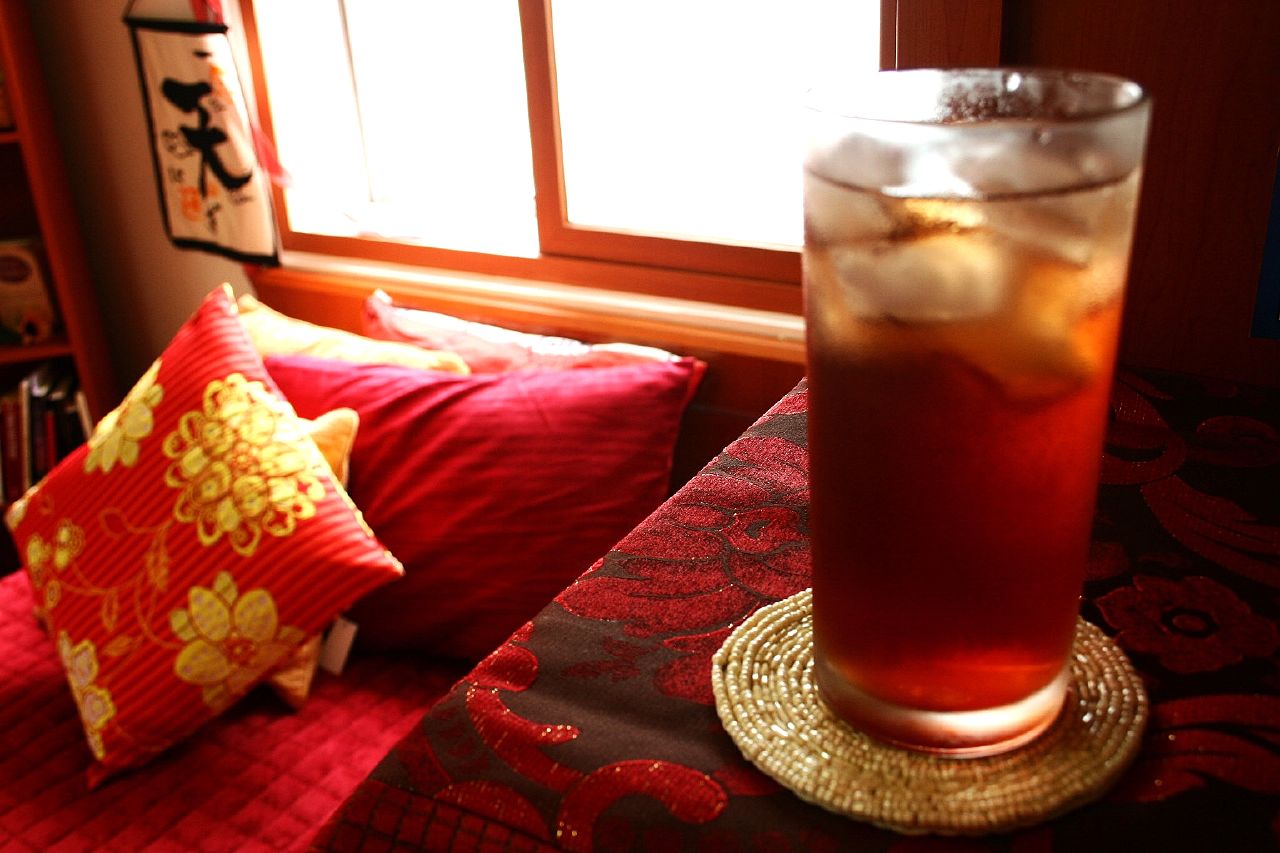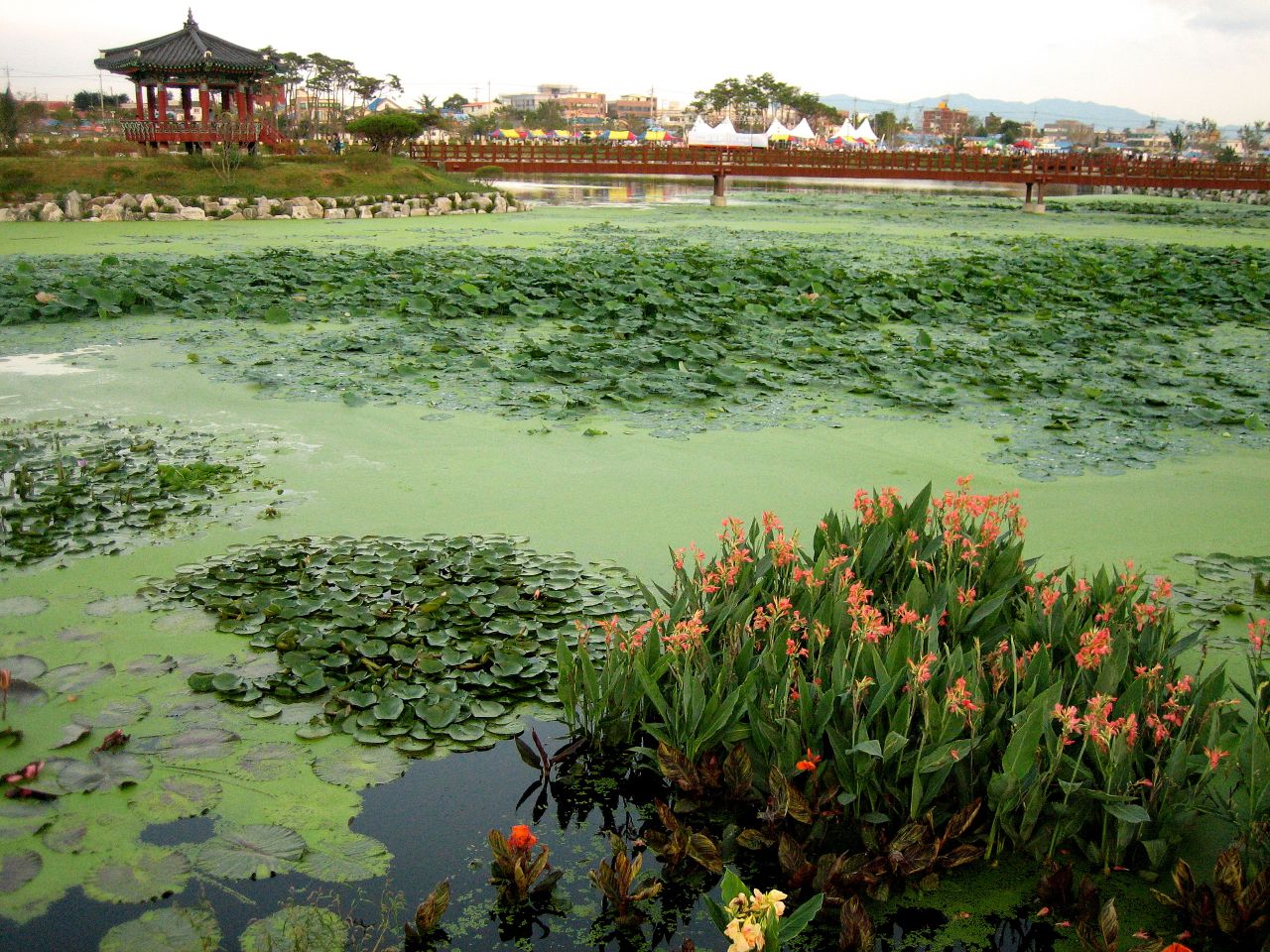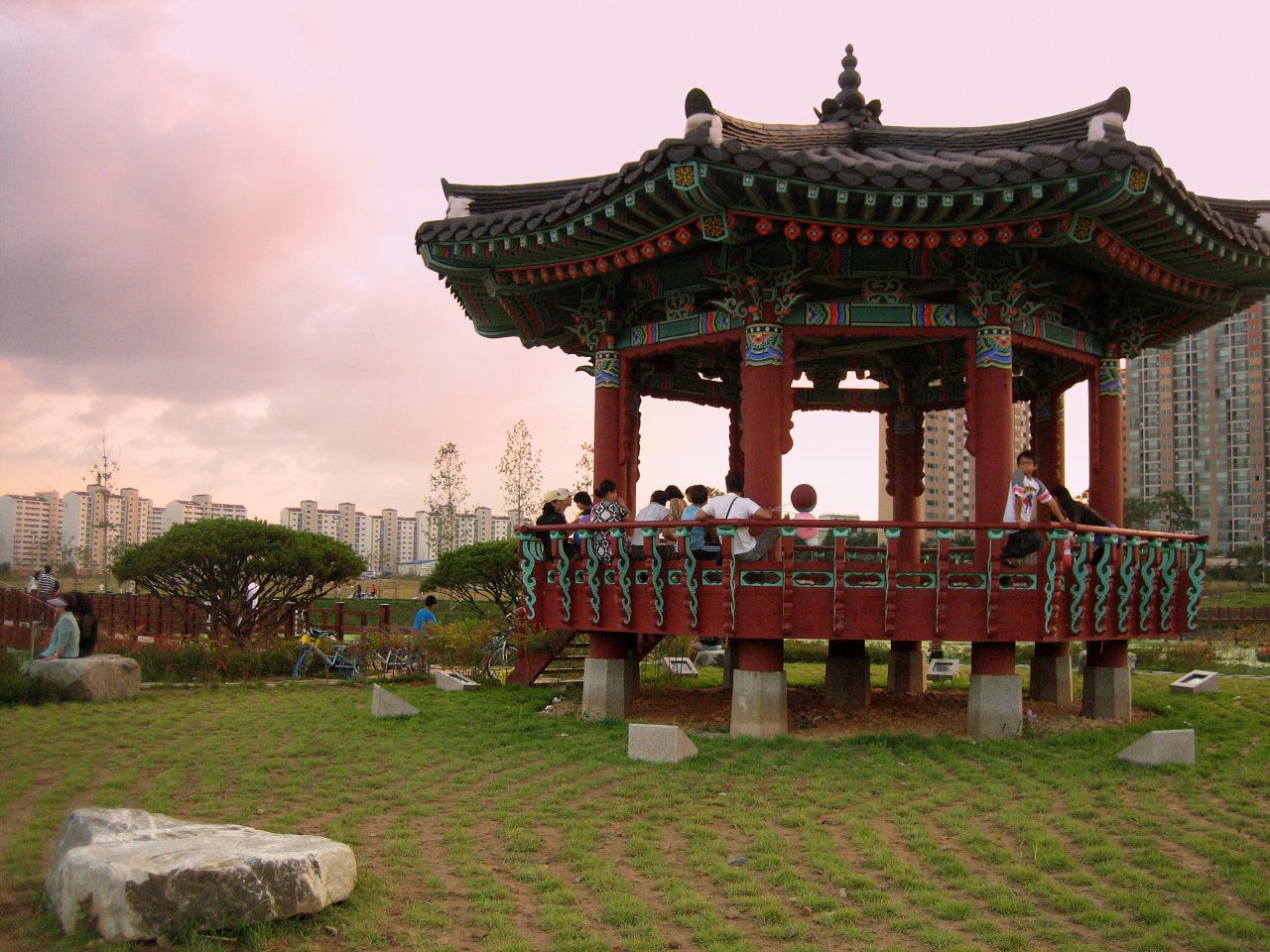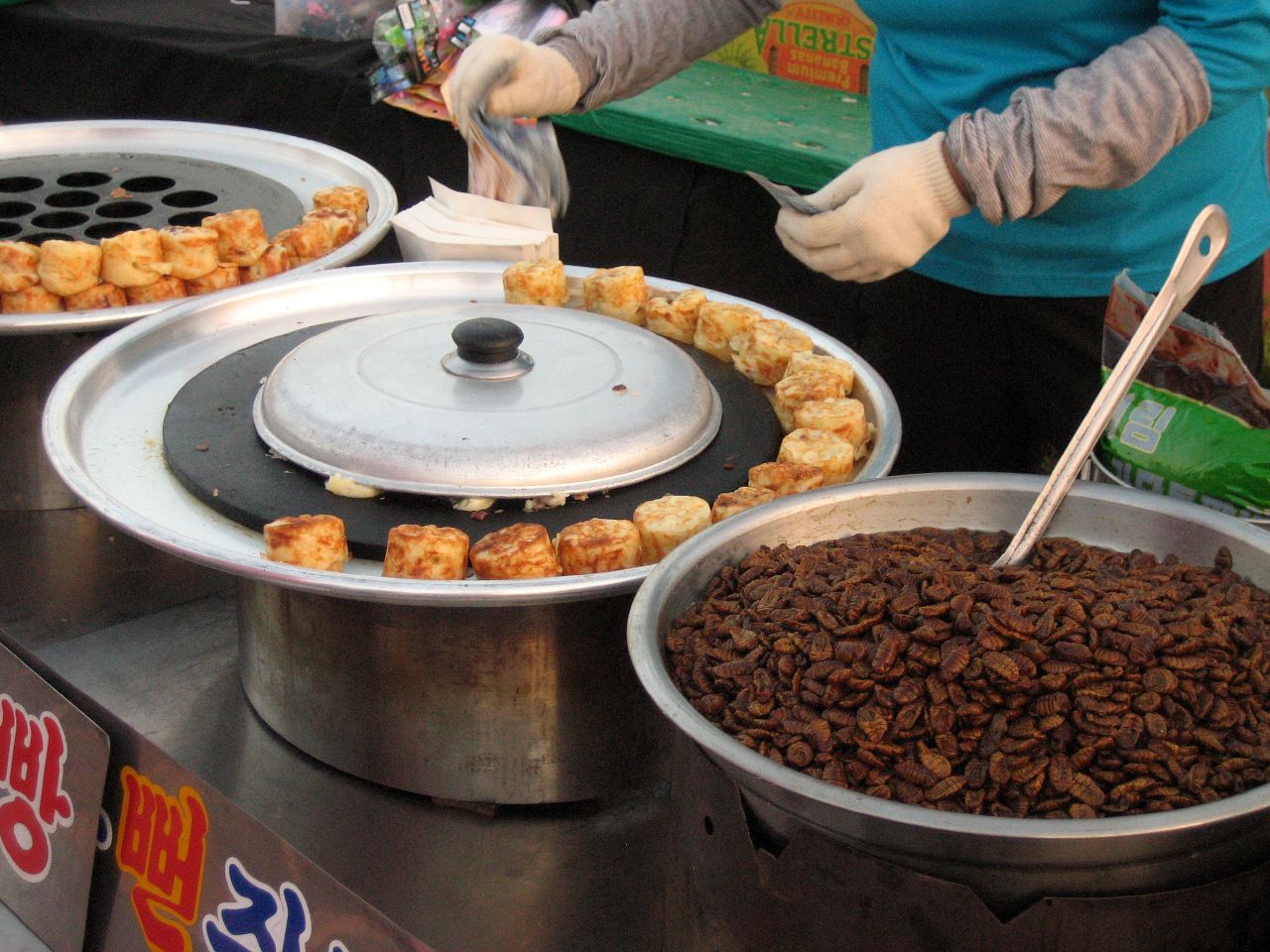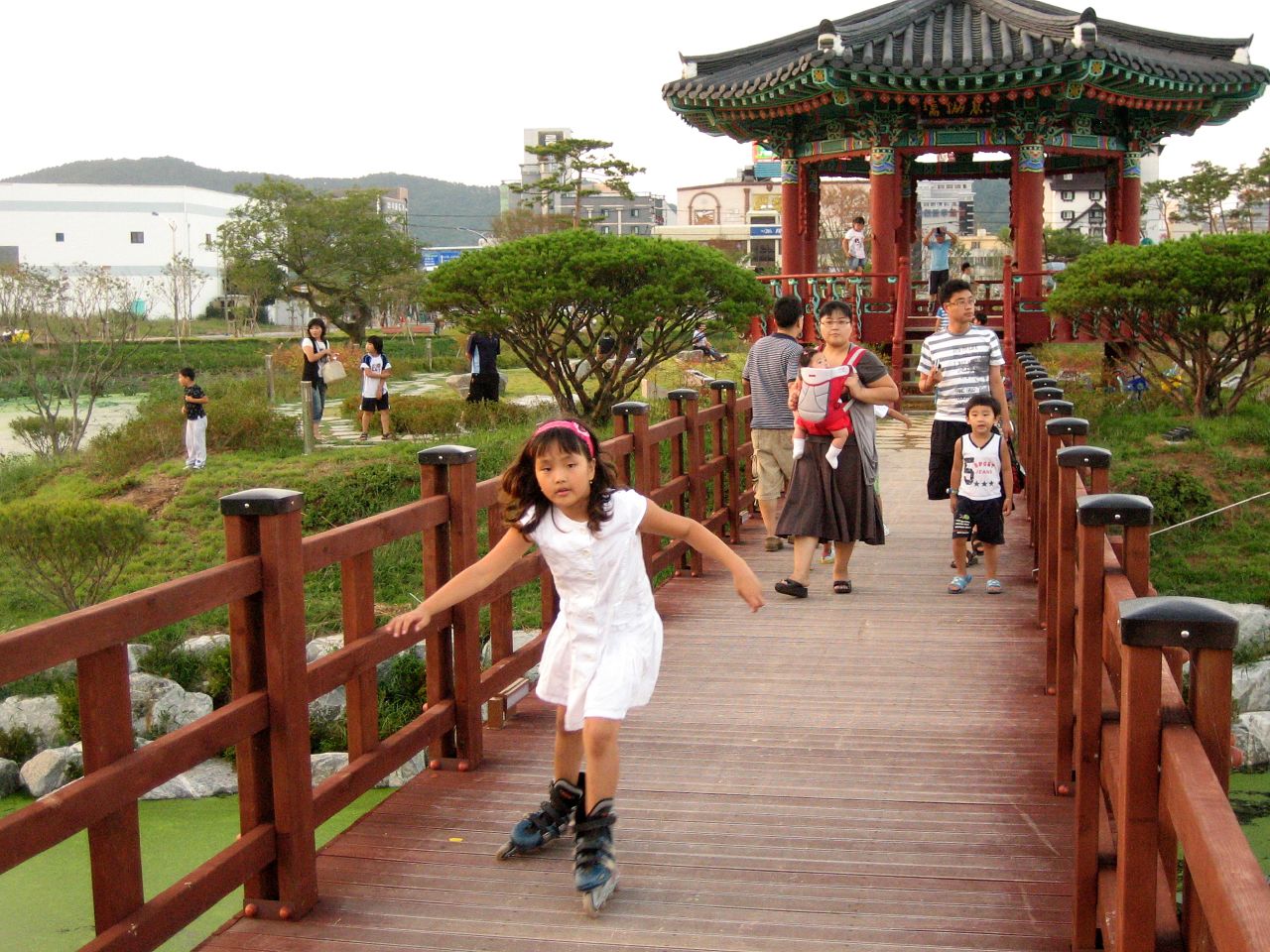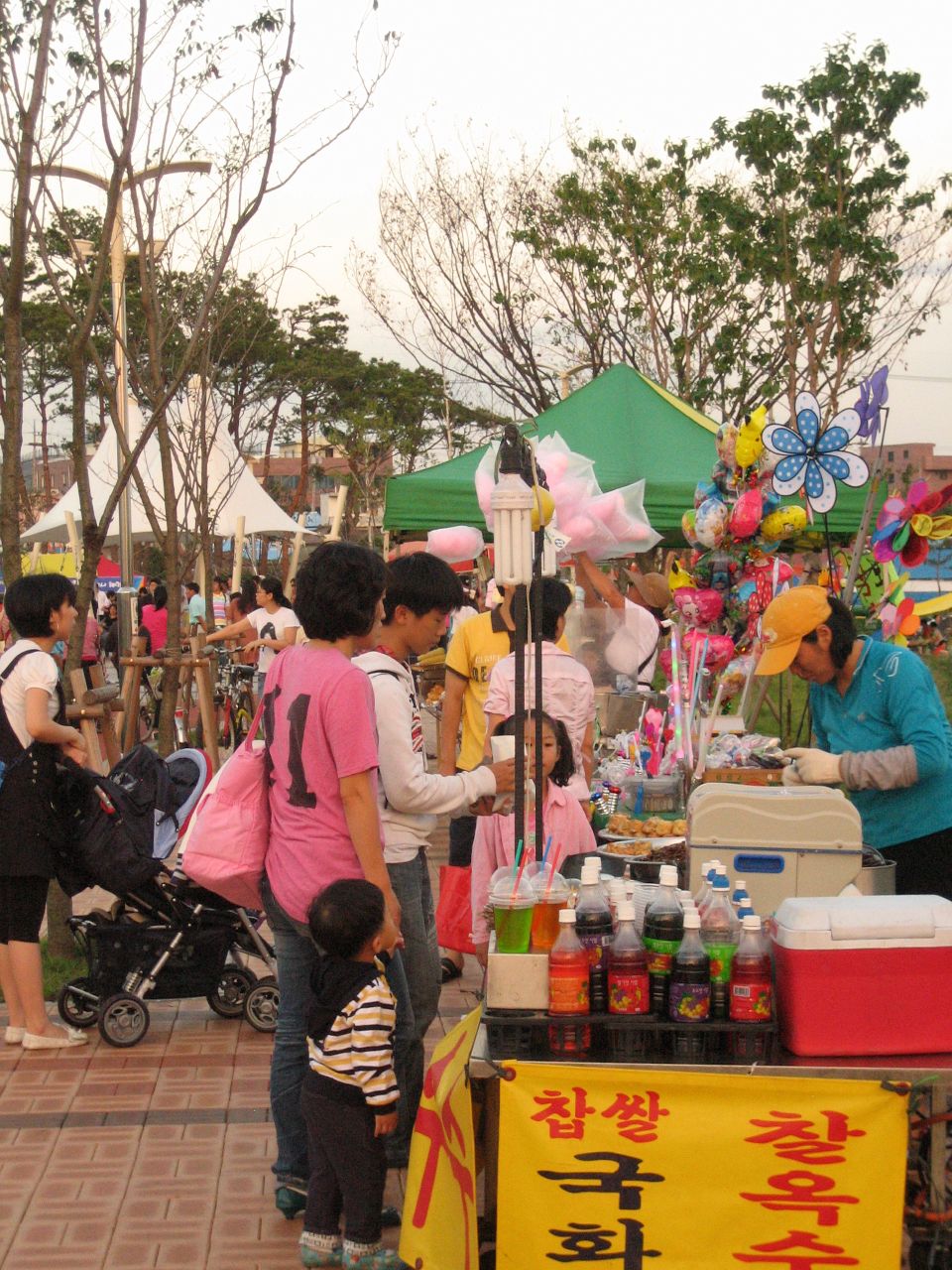Today I handed the freshly graded exams back to my students and tried to temper their collectively wounded pride with a reminder that it's not the grade that counts, it's the effort you make. And if you truly tried your hardest, then that's what matters most. Erin, a slightly tempestuous teenager who usually keeps her lips too tightly pursed to allow a word of actual English to slip past them during class, surprised me today when she pulled what appeared to be an exacto-knife out of her innocent pencil case and began slicing her test score from the top page of her exam. She then proceeded to tear it into miniscule pieces, prompted no doubt by a duty to guard her sensitive ego from the bruising of classmates who ousted her with higher marks.
I slaved, I tell you -- slaved -- over preparing those exams. Couldn't she have had a modicum of respect and at least waited until after class to rip it up, instead of making a grand display of it on her desktop during class today? Forget her ego; what about mine?? (calm down, everybody, that's sarcasm.) That pretty much cements the deal that I struck with myself late Friday night after tearing through more paperwork than I've seen since my days working in the Human Resources department of a high-turnover company. Melanie, overzealousness is not thy friend. Time to take it down a notch and do thy job with a little less heart.
But then, I run across the seriously disjointed and almost altogether incomprehensible garble submitted by another student, Annie, later today. The handwriting was perfect, as was her spelling. But the rest of it sent me somewhere between guffaws and giggles. I will say one thing about my Korean students: for the most part, they are excellent spellers. Along with the study skills they've perfected in their Korean school system, they are more or less masters of repetition and memorization. But as I read (or tried to read) through her almost-too-short-to-qualify-as-a-paragraph paragraph, I had the funny feeling that I was reading something churned out from the "Korean to English" button on a web-based translation mill, such as BabelFish, or WordLingo:
Today with the moms and the bosom friends does a silt experience went together. Watch to shrimp, caught the clam and a beat from the silt and took the picture. And ate the lunch rice, made and did. Truth was fun. ~ ~ happyBosom friends. Lunch rice. This is good stuff, Annie. Just one thing -- what the hell is a silt experience?? ;) So I suppose I can't bring myself to do my job with less heart after all. These kids, snotty, sensitive, silly and everything in between, need good English like I need air to breathe. It's their ticket to a future filled with promise. Besides, at the end of the day, what matters most is that I'm making a difference, that my students are happy, and that they know they matter in this big world. I think my student Max sums it up quite memorably:
A school is funny so happy school but, school is sad too but, I Love schoolOn the bright side, I think it's safe to say I've got pretty good job security here in Korea... my students are going to be needing me for quite some time...



